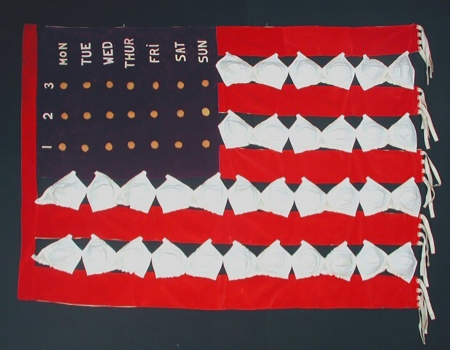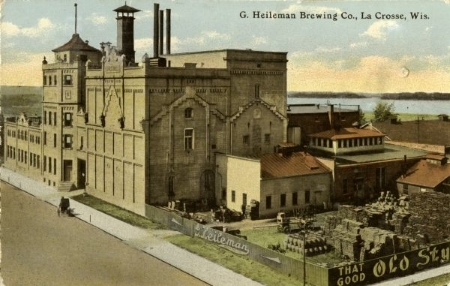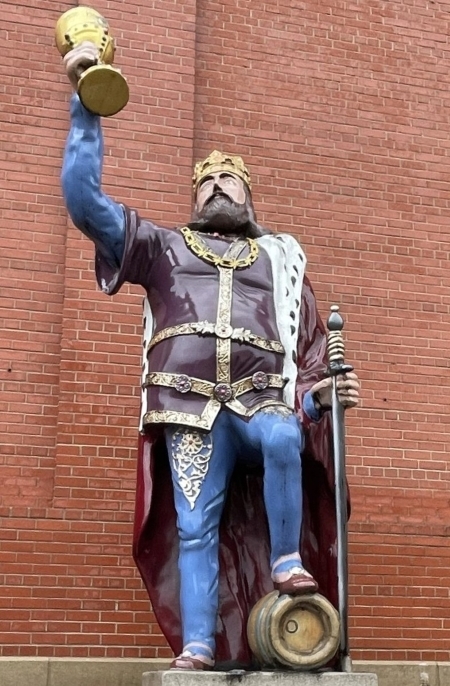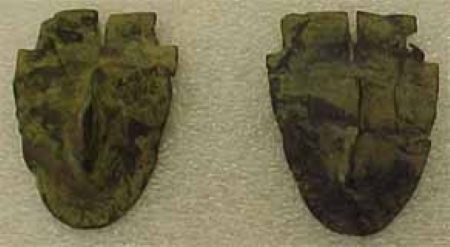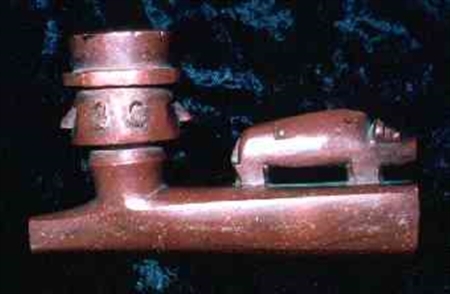OBJECT HISTORY: The Land of the Freed-up Woman
Marge Engelman’s The Land of the Freed-Up Woman embodies the progressive thinking of the Women’s Liberation Movement of the 1970s. Engelman’s decision to use two symbols of womanhood—birth control pills and bras—as the medium for her artwork transformed the recognizable flag into a message…
